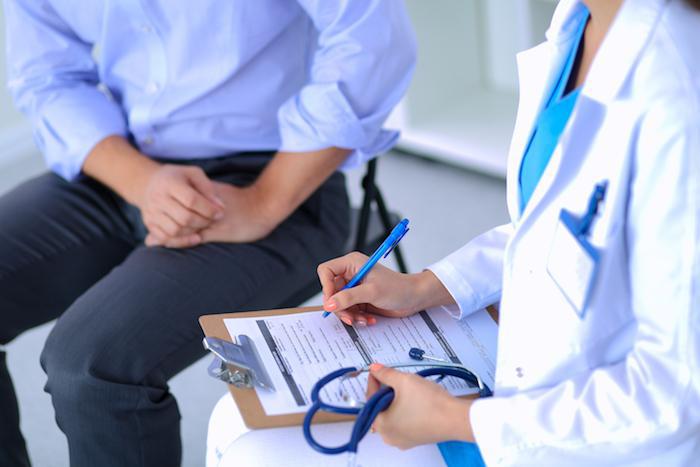Home Remedies for Leg Swelling
Author: StrideCare Internal Team

Wear compression socks
Compression socks are stretchable, tight-fitting socks that gently squeeze your legs, feet, and ankles. They come in different weights that apply varying degrees of pressure.
Compression socks help improve the way your blood vessels work by gently squeezing your legs. This helps promote blood flow from the legs back toward your heart faster. This squeezing prevents the buildup of fluid that can accumulate in the leg tissue with poor circulation.
While you can purchase compression socks over-the-counter in drug stores, the size you wear should be based on your physician’s recommendation or a professional fitting. Wearing compression socks that are too tight can limit your blood supply and oxygenation, resulting in tissue death.
Follow a low-salt diet
Following a low-salt diet can help reduce swelling. Sodium is important in regulating water in your cells. It attaches to water in your body and helps maintain the balance of fluids inside and outside of cells. However, if you eat too much salt, you can increase the fluid levels inside your body, outside the cells.
A low-salt diet means more than limiting added salt. It requires avoiding processed foods such as deli meats, frozen dinners, and soups, that often require high amounts of salt to increase the food’s taste and shelf life.
Exercise
Whether you have limited movement throughout the day because of your job or choice, standing in one place or sitting for too long can increase your risk of swelling. When you move, the muscles in your legs force the blood and fluid up out of the muscles in your leg toward your heart. However, remaining still for too long allows these fluids to collect in your legs and cause swelling.
Exercises that work against gravity help the body pump the fluid up from your feet and back into your upper body. When the fluid is in this area, your kidneys can eliminate it in urine.
Drink water
You may think that drinking fluids would aggravate a condition that involves fluid retention, but that’s not the case. When your body is dehydrated, it sends signals to retain the fluid that is present, resulting in swelling.
Staying hydrated and drinking the recommended eight to 10 glasses of water daily helps your body remove waste and retain a healthy balance of fluids.
Elevate your feet
Elevating your feet above the level of your heart is an effective way to reverse leg swelling. You can relax with your feet on a pillow or if you’re more adventurous, try a yoga pose.
The “legs up the wall” yoga pose, also called viparita karani, involves lying on your back and pushing your legs up against a wall. This can reverse the effects of gravity that are pushing fluid down toward your legs and causing swelling.
Prior to starting any new treatment or questions regarding a medical condition, always seek the advice of your doctor or other qualified health provider. This information is not a substitute for professional medical advice.
StrideCare serves the South Texas area including Houston, San Antonio, Austin, Round Rock, Bastrop, Brushy Creek, Cedar Park, Converse, Georgetown, Hutto, Kyle, Leander, Marble Falls, New Braunfels, Pasadena, Pearland, Pflugerville, San Marcos, Schertz, Houston, Sugar Land, Katy, Webster, Bay City, Clear Lake, Lake Jackson, The Woodlands, Universal City, Spring, Kingwood, Stafford, Conroe, Texas City, Cypress, League City, Bellaire, and more.


